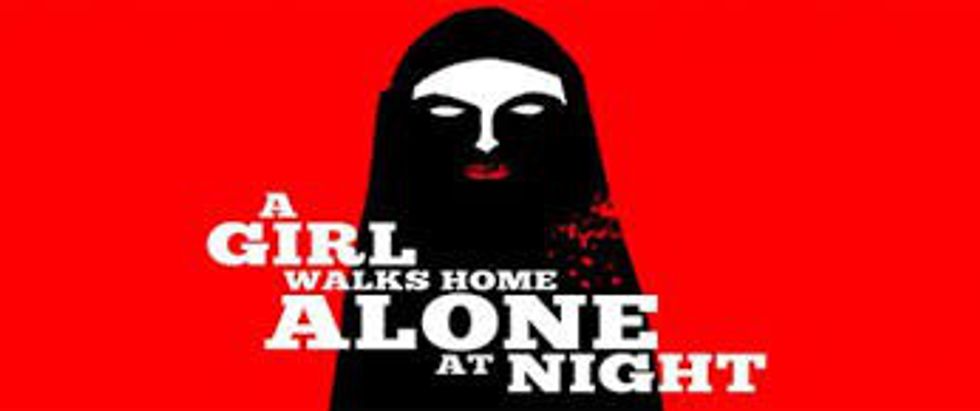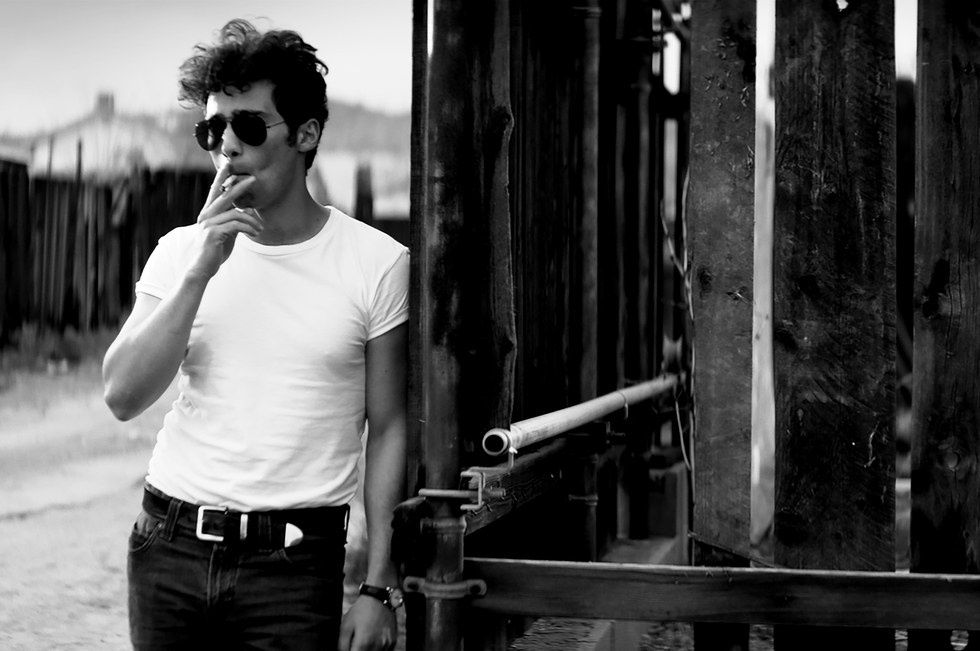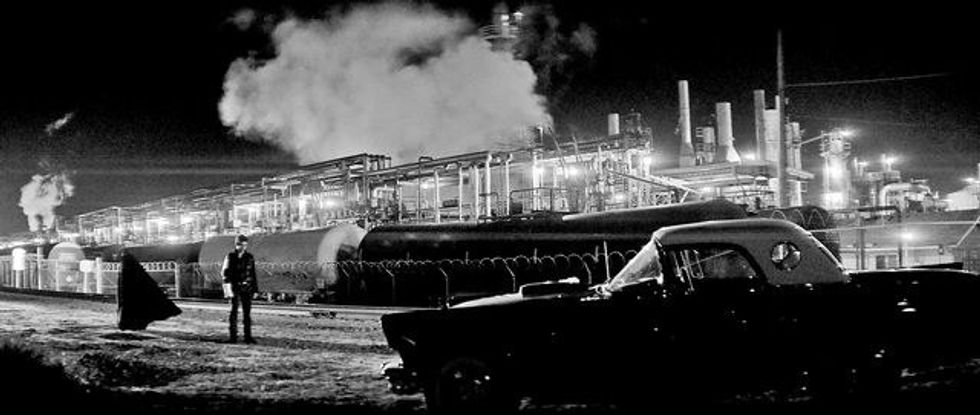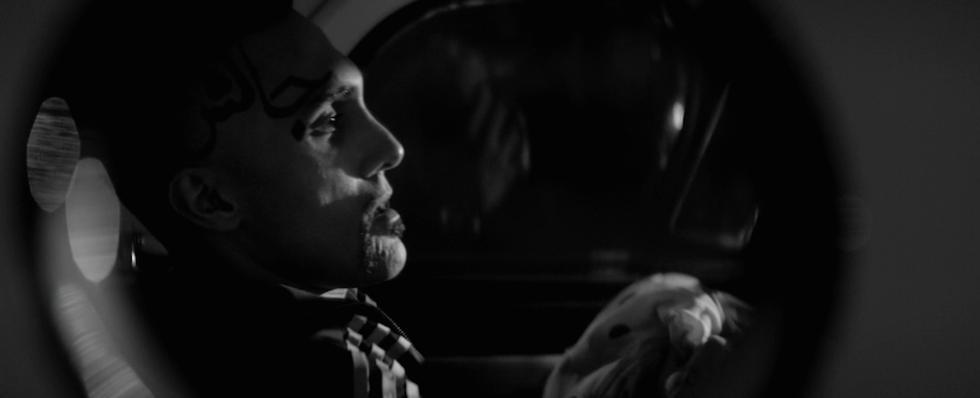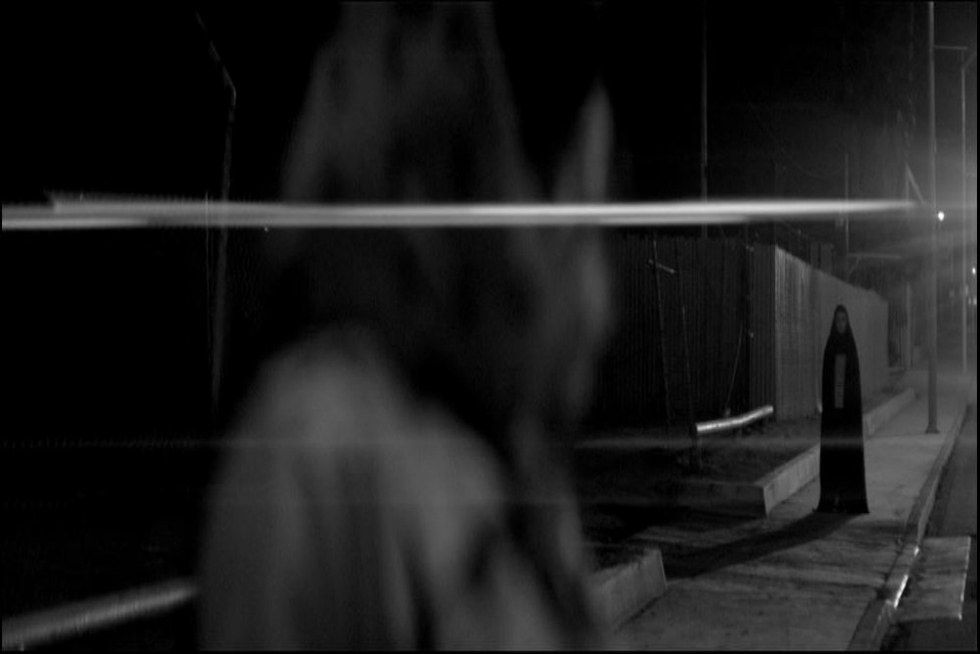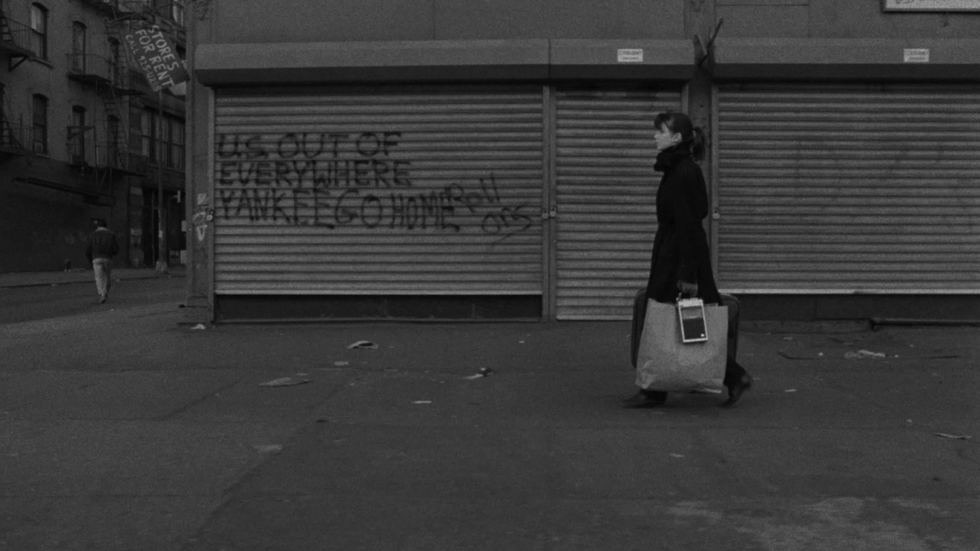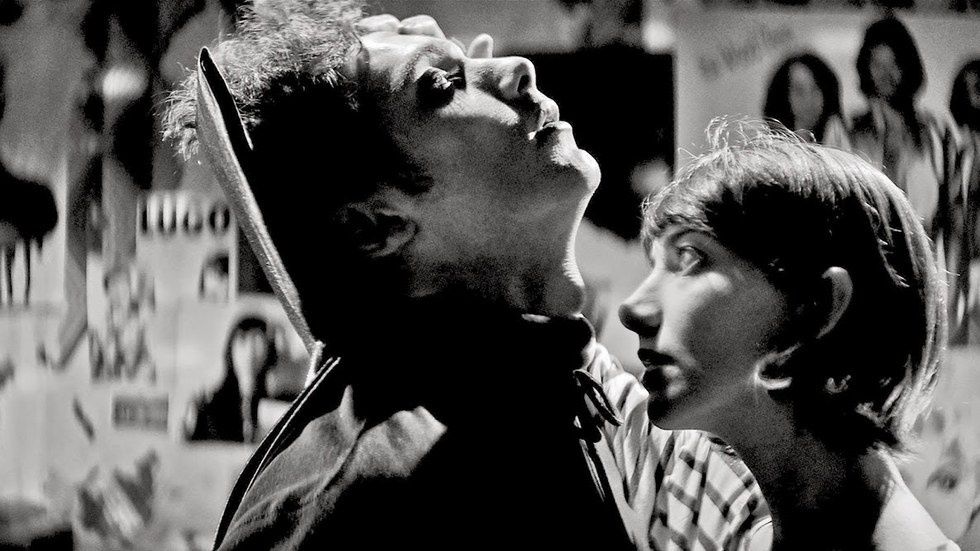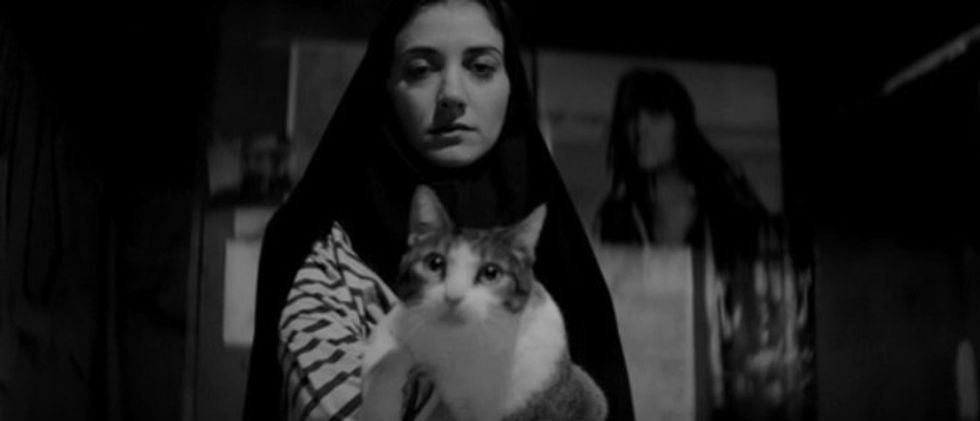Welcome to Films You Haven't Seen but Should, film reviews dedicated to the unexpected film gems out there. These reviews will work in themes, meaning that with each theme there will be an article dedicated to a film that fits within the theme. Everyone with me? Yay!
(PSA: There are NO SPOILERS in this review! Read with ease!)
Our very first theme is: Female Filmmakers. Gracing us with the first film to review and analyze is Iranian filmmaker Ana Lily Amirpour with her incredible, haunting western/vampire feminist film, A Girl Walks Home Alone At Night (Amirpour, 2014) (available onNetflix).
This film follows a veiled vampire, The Girl (Sheila Vand), riding through the streets of Bad City, preying on men who objectify women. In this bold feminist film, Amirpour turns stereotypes of female security and safety on their heads as now the man must be afraid to walk home alone at night. The title leads us to believe that violence is waiting for the girl who walks home alone at night, but in actuality, it is the man who must fear for his safety. This is the initial irony of the film, but there are many more to come. The Girl meets an interesting character, a troubled James Dean-esque boy named Arash (Arash Marandi), who crosses paths with the justice-driven vampire.
The most obviously striking elements about this film are the setting and color, or rather, lack of color. Amirpour decides to pay homage to the past of spaghetti westerns while enhancing the spine-tingling ominous presence of night and shadows as she presents her film in heavily contrasted black and white. This immerses the audience in a delirious reality, one devoid of comprehension or a broad perspective. What we see is a frightening, and limited scope.
Amirpour inserts an initial irony through the contrast between the color and setting. This story takes place in a dystopian city called “Bad City”, which was actually filmed in California.
The palm trees, the elegant, suburban housing complexes, and the classic convertibles are all things the audience will most likely understand or recognize. However, these recognizable elements are filtered through black and white, shrouded in shadow and flooded with fluorescent light. The lack of color separates the audience from the setting, which is ironic, because for the majority of the American audience, the Californian setting in one of the most recognizable and understood settings in film. Not only this, but the film is in Farsi, which establishes another extreme or irony, and further distances the audience from the film’s reality. Just when we think we can fully connect to the characters, or to the story, there something that isolates us. Our isolation is meant to reflect the fear and confusion the characters feel in this film, and it does.
Another irony is found in the conflicted realities: the realities espoused by the men, and the reality presented by The Girl. In one of the very first shots, Arash’s (Marandi) father Hossein (Marshall Maneesh) shoots up heroin while the TV plays in the background. The man on the screen is warning all the women watching that while their good fortune of finding a husband is commendable, their fortunes may turn and their husbands leave them for younger women. These things, the man on the screen tells us, happen. I wonder if the man on the screen would say these things if he knew a man-eating, female vampire lurked the streets of Bad City.
The meeting between Arash (Marandi) and The Girl (Vand) is almost humorous in its
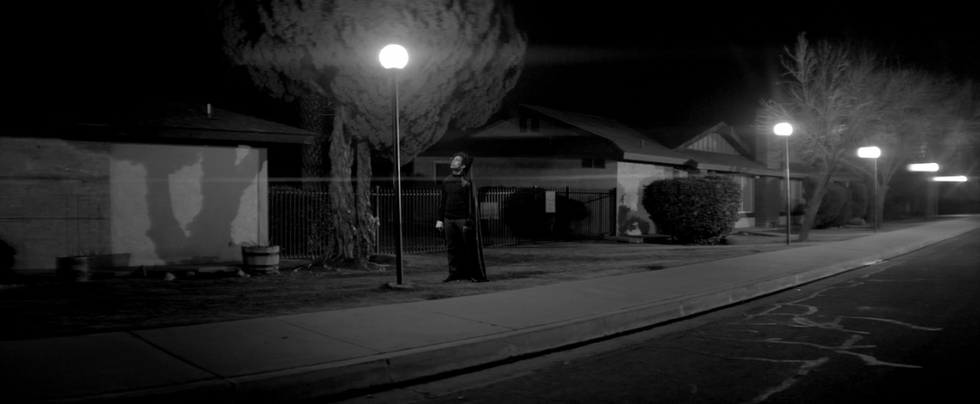
The two perspectives, and subsequently, two realities play against one another: the male perspective against The Girl’s perspective. This film challenges the status quo, and represents the male perspective in deep falsehood and archaic patriarchy. The Girl (Vand) holds the true voice. She reflects Truth in this film with every encounter she has with a character.
The Girl’s (Vand) power is represented through the cinematography, as it not only empowers The Girl (Vand), but also the audience. It is important to understand that we are not uncomfortable voyeurs in this film, but we are the lurking vampire. While we gaze into a scene through circular windows of a convertible,
limiting our view by the confines of that window, and blinded by the glares of light that pierce the shot, we are invited, not only to follow the characters, but also to stalk them. The camera hovers right over the shoulder of a character. When the character senses a presence, they spin around. Who do they find? The Girl.
The vampire is waiting, stalking, watching. The camera also waits, stalks and watches. Thus the camera, and by extension, the audience is the vampire, and the predator.
Amirpour’s feminism speaks volumes here, as the female in the narrative does not distract the male lead or the audience by her erotic beauty, but guides the very fabric of the story we follow. She does not strike eroticism in the hearts of the male characters, or the audience, but fear.
I hope this next tidbit of information does not disappoint, but this film is not a fast-paced thriller. On the contrary, it is a slow pause. The pacing of the film is like a close-up on somebody’s mouth slowly releasing a stale breath, breath that was held in for too long. It is intimate in its quiet. In this way, Amirpour ironically works against the genre expectations the audience has and presents a uniquely calm, and intimate rendition.
The pacing of this film is not unlike the film Stranger than Paradise by Jim Jarmusch.
In fact, the use of black and white, slow pace, irony and isolated relationships create a nice comparison between these two films.
Another comment on the cinematography and camerawork in this film is how smooth it is. The camera glides just as effortlessly as The Girl does. Amirpour captures the unexpected, as she fills entire shots with minute moments, such as stirring sugar into tea, or shears trimming a bush. By doing so, Amirpour quietly drops scenes like pieces of evidence for the audience, imploring us to put them together and make sense of them.
The motionless calm is noticed when The Girl (Vand) takes Arash (Marandi) back to her home. Their meeting is electric in the silence and opportunity for violence as The Girl (Vand) tilts Arash’s (Marandi) head back and gazes at his supple neck.
His life is available for her to take, in one fell swoop. Whether she takes his life or not, I won’t say. That’s for you to find out.
Amirpour’s film is a spaghetti western, feminist vampire film written and performed in Farsi, based in California. It is an incredibly stylized, silent political commentary that depicts the crossroads of Iranian culture from the traditional to the modern through extreme ironies. The Girl is not a villain, and neither is she the hero, but she is our mirror. She mirrors the character’s movements in the film, and meets one horror with another, their horror with a horror of her own. This film looks the audience dead in the eye and says, “What? What are you looking at me for? I was only copying you.” It is as if the film is saying the greatest horrors are the ones hidden deep within us, the ones we have already committed ourselves.




